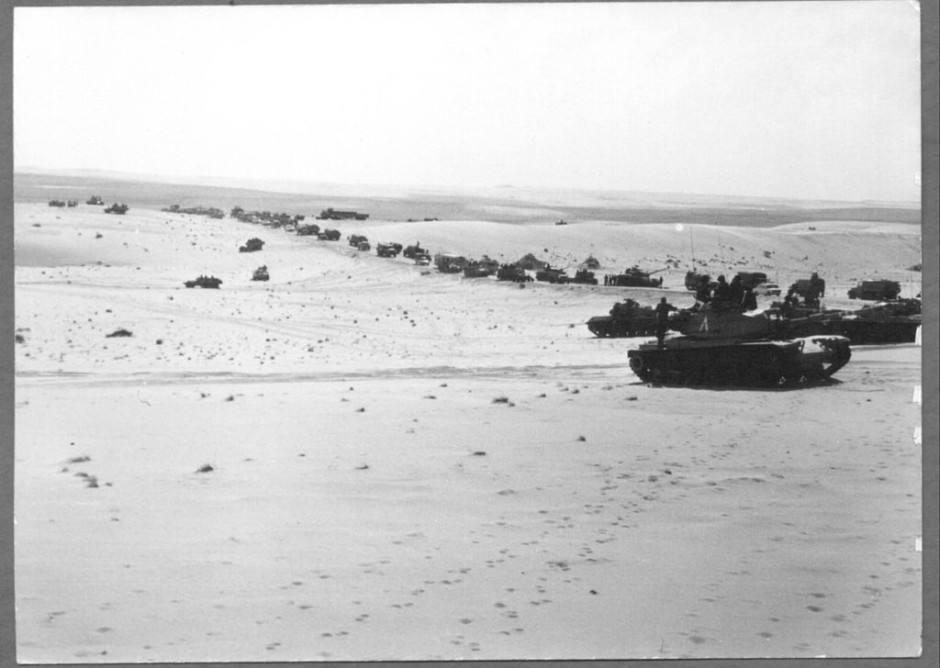When I tuned in to Israel Radio in Tel Aviv on October 6, 1973, I already had a sinking feeling that Israel was on the verge of war with its Arab neighbors.
The night before, Israel had begun to mobilize its armed forces, giving credence to fears that war was imminent, but the somber newscast I heard that early Saturday afternoon confirmed my suspicion: Egypt and Syria had attacked Israeli positions along the Suez Canal and on the Golan Heights, touching off the three-week Yom Kippur War.
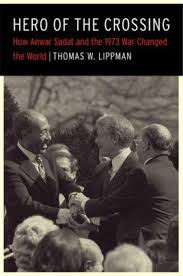
Little did I know how important it would be in the annals of the Middle East. Thomas Lippman’s incisive book, Hero of the Crossing: How Anwar Sadat and the 1973 War Changed the World (University of Nebraska Press) places it in its proper historical context.
The war had a profound effect, leading to a political upheaval in Israel that resulted in a change of government, shifted Egypt away from its alliance with the Soviet Union and prompted Israel and Egypt to sign a historic peace treaty, which obliged Israel to withdraw from the Sinai Peninsula.
The architect of the war, Egyptian President Anwar Sadat, had inherited an economically broken country from his predecessor, Gamal Abdel Nasser, who had squandered Egypt’s scarce resources in two wars with Israel.
“Sadat believed it was necessary to exorcise the legacy of Nasser, break the grip of the Soviet Union and adopt an entirely new strategic line based on partnership with the United States,” writes Lippman, the former Middle East bureau chief of the Washington Post. “To achieve those goals, he was prepared to go to war if necessary.”
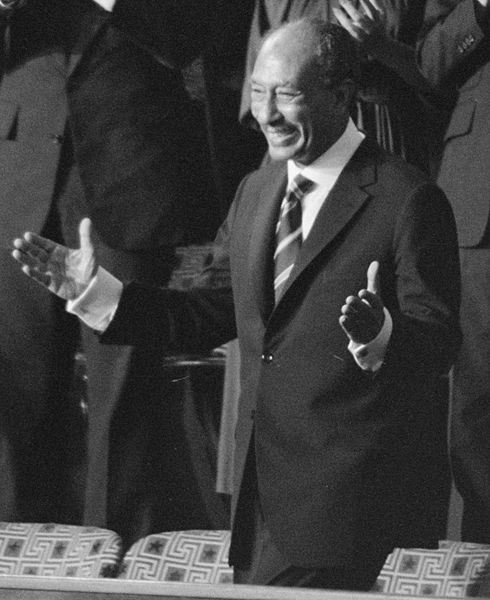
Sadat’s broad objectives were to shatter the debilitating political impasse that had been caused by Israel’s conquest of the Sinai in the 1967 Six Day War, recover its lost lands, regain its honor and enlist the United States in a serious quest for a settlement of the Arab-Israeli dispute. He was convinced that only Washington could coerce Israel to withdraw from the Sinai and the Golan, if not the West Bank and the Gaza Strip.
The Israeli government of Prime Minister Golda Meir, a myopic politician, was content with the status quo, having calculated that Egypt would not risk war to retake the Sinai. In any event, Israel was confident that its military superiority, particularly in air power, would deter Egypt from launching a strike.
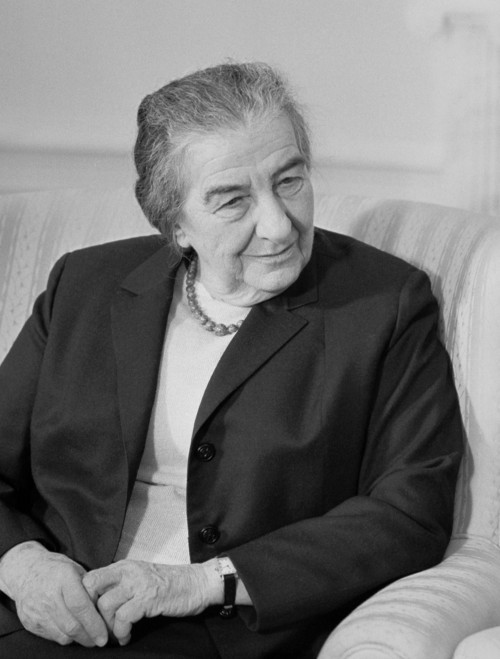
Sadat’s partner, Syrian President Hafez al-Assad, was driven by a more limited goal. He wanted to wrest the Golan from Israel rather than make peace with the Jewish state.
The two superpowers had their own interests to consider. The United States, while committed to Israel’s security and survival, did not want the Arabs, and especially Egypt, to go down to another humiliating defeat. The Soviet Union, the Arabs’ chief backer, opposed a war, fearing that an Israeli victory would further discredit the value of Soviet military aid and drag it into a dangerous confrontation with the United States.
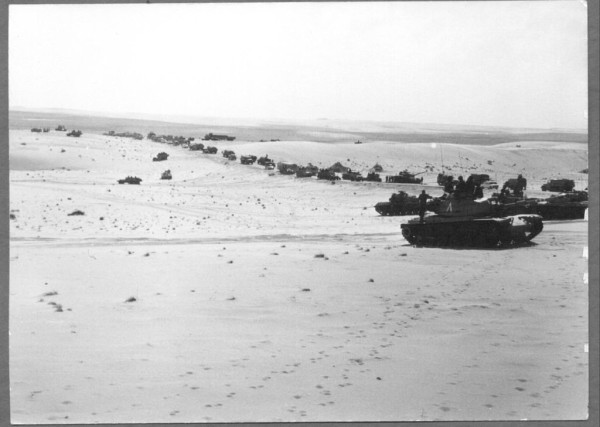
On day one of the war, Egypt sent 100,000 troops and 1,000 tanks across the Suez Canal in an attempt to recapture Israel’s fortified Bar-Lev Line, named after the Israeli chief of staff, General Haim Bar-Lev. Syria committed 35,000 soldiers and 800 tanks to reconquering the Golan.
Israel was unprepared for the Arab onslaught and paid dearly for its complacency. Lippman describes Israel’s tactical mistakes in attempting to squelch the Egyptian and Syrian offensives.
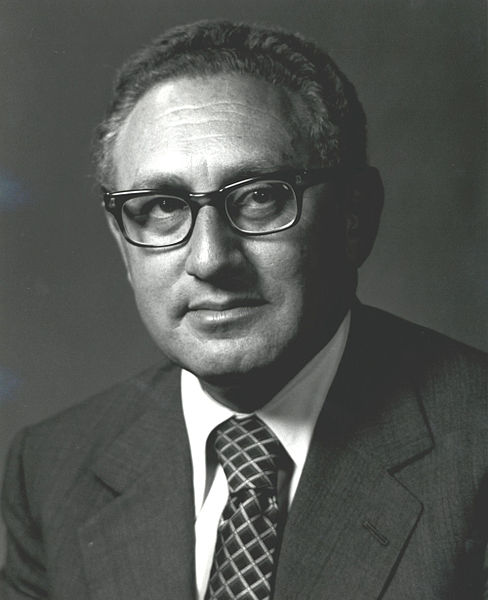
Henry Kissinger, the newly-installed U.S. secretary of state, exploited the war to advance the prospects for peace in the Middle East. “We are in a better position for negotiations than at any time since 1948,” he said in a reference to the first Arab-Israeli war.
Kissinger understood that a comprehensive accord was out of reach, so he adopted an incremental approach. Known as shuttle diplomacy, it produced disengagement agreements between Israel and Egypt and Israel and Syria from 1974 onward.
To Sadat, the war was a “psychological breakthrough.” He was right. It established the foundation for the “land for peace” formula, which is still the basis of diplomacy in the Arab-Israeli arena.
As Lippman observes, Sadat sought an agreement that would restore Sinai to Egypt and end Israel’s control of the West Bank, Gaza and the eastern half of Jerusalem. He believed that the heavy war casualties Israel had sustained would make the Israelis more receptive to territorial compromise.
To a certain degree, he was right. As time would tell, Israel was prepared to cede the Sinai, but not the West Bank or Gaza. “Sadat was by nature not much interested in details,” says Lippman. “He never fully grasped the fact that for Israel, a detail here or there could be a life-and-death issue.”
As Egypt’s negotiations with Israel got under way in the wake of the war, Sadat insisted he would never sign a “separate” or bilateral peace with Israel and leave the West Bank and Gaza in Israel’s hands. He hammered away at this point when he addressed the Knesset in November 1977, but was soon disappointed to learn that his Israeli interlocutor, Menahem Begin, intended to keep the Palestinian territories.
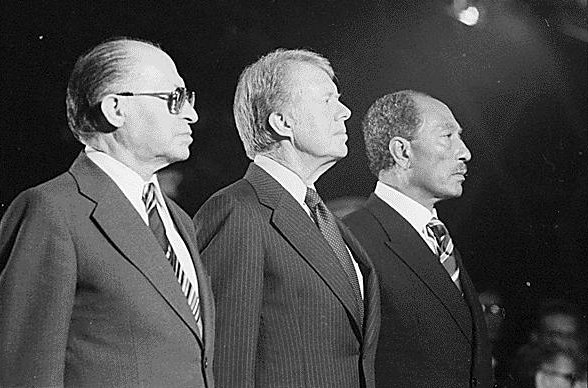
The American president, Jimmy Carter, regarded Begin as stubborn and inflexible and was of the opinion that he had responded grudgingly to Sadat’s gesture of visiting Israel.
Later, at the 1978 Camp David summit, Sadat found himself in what Lippman describes as “a very delicate position.” As he puts it, “If the conference succeeded in producing an agreement, which it could do only on terms Israel would accept, Sadat would further alienate his fellow Arabs and increase Egypt’s isolation. If he failed, he would have given Israel’s legitimacy and recognition while gaining nothing in return.”
Sadat and Begin reached an accord, a framework for peace, at Camp David. In theory, the establishment of peace between Egypt and Israel was linked to a resolution of the Palestinian issue, but in practice, this would not be the case.
Lippman suggests that Sadat had no alternative but to sign a separate peace treaty with Israel. “The hard truth was that the other Arabs were not ready to make peace with Israel on any terms Israel could ever accept, and therefore Sadat had no option but to go it alone.”
In Lippman’s estimation, Arab states other than Egypt and Jordan have not followed Egypt on the path to peace because Israel refuses to pay the price — a full withdrawal to the pre-1967 demarcation lines.
In closing, he reminds us that Sadat — a victim of a 1981 assassination by Islamic fundamentalists who opposed the treaty with Israel — died unmourned in Egypt.

“During his eleven years in office, he evolved in Egyptian public perception from clownish lightweight to national hero — the Hero of the Crossing, as he was called after Egyptian troops crossed the Suez Canal at the start of the war — to reviled failure.”
According to Lippman, Sadat ultimately alienated Egyptians due to his authoritarian rule, his silencing of critics, his “pharaonic posturing” and his inability to improve the lot of the Egyptian masses.
Yet Lippman has a high regard for Sadat’s courageous decision to forge peace with Israel. Sadat, he observes, was a “game-changing figure in world affairs”
I fully agree with his appraisal.
